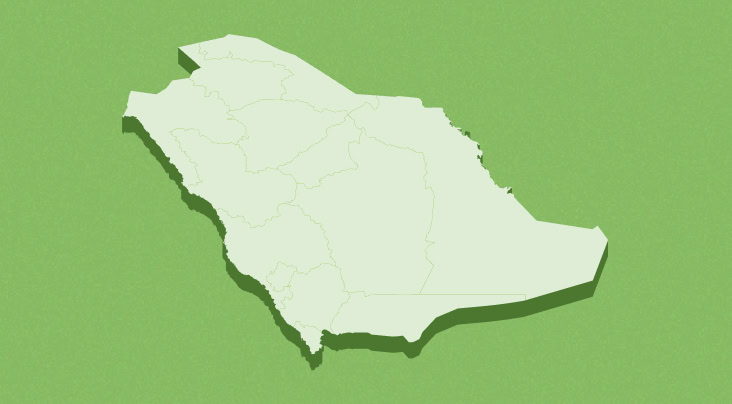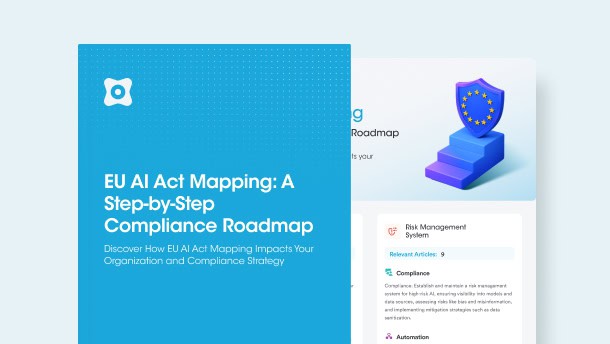Things To Consider Before Buying a DSPM
#1. Define Your DSPM Success Criteria
When investing in DSPM, organizations have several key cybersecurity objectives. These include primary goals such as enhancing data visibility, preventing sensitive data exposure, securing data access, reducing redundant data, and tracking data flows. Additionally, the organization may have other strategic goals, such as securing AI applications, ensuring compliance, protecting privacy, improving data governance, and improving breach readiness. Defining what success looks like for your organization is essential before evaluating DSPM solutions.
#2. Ensure a Consistent Data Classification Approach
Organizations store data across multiple clouds and applications in many different formats, making consistent classification of data paramount but challenging. Identifying cloud-native and shadow data assets, as well as data in on-premises sites and SaaS apps, is also crucial. A DSPM must provide comprehensive visibility and consistently classify and label all data types across environments to reliably automate security controls and report on risk.
#3. Look for Data Context Beyond Classification
Knowing what sensitive data or AI systems you have and where is not enough. Protecting data and AI requires correlating and analysing metadata from a variety of perspectives in order for each team within the security org to gain intelligence and make decisions. Often, drawing these insights requires teams to integrate data and AI context from a number of siloed security solutions for DSPM, Data Access Governance, Compliance Management, Breach Management, Privacy Management, Data Governance, and more. Having a unified layer for contextual data and AI intelligence that can be shared across tooling and with teams is critical for moving fast and operationalizing data security controls and incident response.
#4. Automatically Enforce Data Security & Compliance Controls
Many DSPM solutions stop at identifying risk without enabling users to take action. Organizations need a DSPM that automates the enforcement of common security and compliance controls by centralizing policy management, providing continuous monitoring, and automating remediation. This includes blocking public access to sensitive data, hardening system configurations, automating access controls, masking sensitive information, quarantining non-compliant files, and more.
#5. Automate executive and tactical reporting on risk and ROI
Data security initiatives are often board-driven mandates requiring compliance and reporting of data risk to senior executives. Flexibility and easy ability to report on both strategic and tactical risk insights are extremely critical for cybersecurity leaders and their teams to inform stakeholders, drive improvements, and report successful outcomes.
#6. Orchestrate Data Security Playbooks to Mitigate Risks
Security is a distributed responsibility, requiring support from multiple teams. Automating processes using orchestration tools integrated with your DSPM solutions is invaluable. A DSPM solution should help orchestrate data security playbooks to reduce manual tasks and reduce risk.
#7. DSPM Should Be Part of a Unified Data Controls Approach
A siloed DSPM approach, where a particular tool can only protect data in a limited set of environments or lacks the ability to share data context or enforce controls for AI security, data privacy, and governance capabilities, turns out to be both costly and risky. Not only does it limit visibility into unsupported environments, but it also prevents critical risk insights from being consumed, assessed, and shared across the organization, affecting the ability of the security, privacy, governance, and compliance teams to collaborate and efficiently do their jobs.
One of the biggest lessons cybersecurity leaders are learning is that DSPM must be an integrated part of a unified AI and data security platform. This integration enables organizations to drive their core AI and data security objectives while enabling better governance, privacy operations, and compliance.
Secure Sensitive Data and AI Everywhere with Your Data Command Center
Securiti's Data Command Center platform offers a built-in DSPM solution that enables organizations to secure sensitive data everywhere, including multiple public clouds, private clouds, data lakes and warehouses, and SaaS applications for both data at rest and in motion.
With Securiti, organizations can leverage the power of knowledge graphs to gain contextual data and AI intelligence. This graph then becomes the unified foundation for enabling Data Security Posture Management, Data Access Governance, AI Security, and Compliance Management as a part of one central Data Command Center. The platform extends its data and AI intelligence layer to help automate controls for data privacy and governance. To learn more about Securiti’s DSPM approach and the valuable lessons you can learn from real DSPM customer implementations, download your copy of our latest whitepaper now.












































